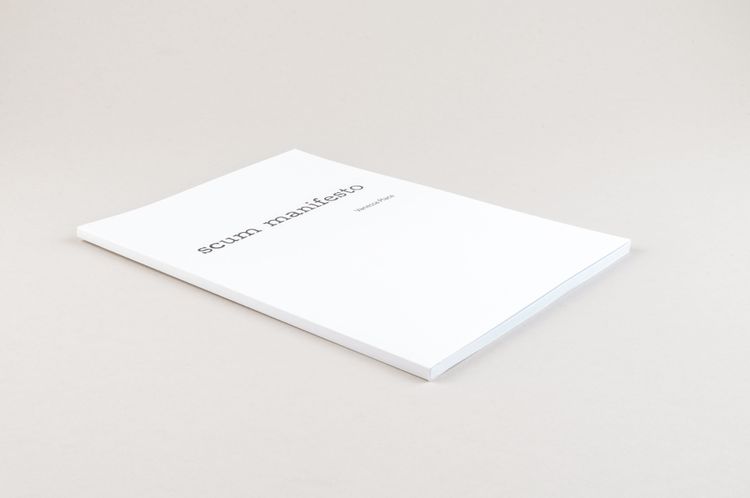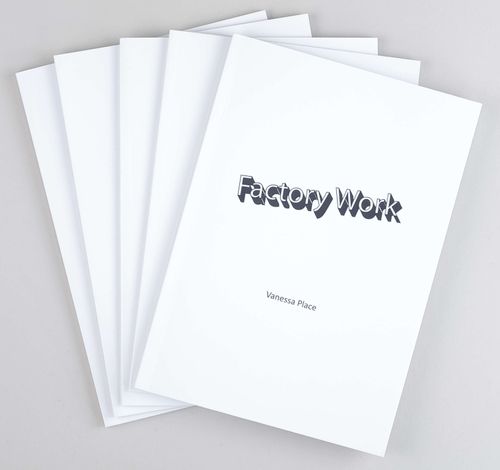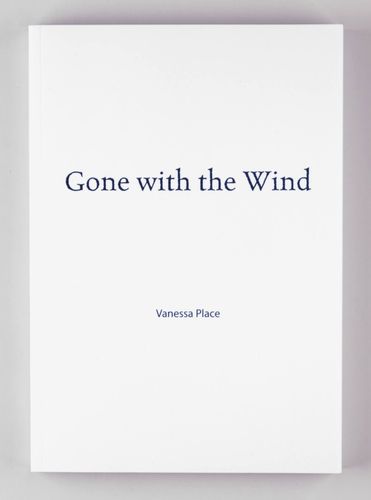Vanessa Place’s SCUM Manifesto combines conceptual writing and feminist discourse. The blurb on Lulu identifies it as the fifth installment of the Boycott Project—a series of interventions in iconic feminist texts by authors like Judith Butler, Luce Irigaray, Hélène Cixous, Simone de Beauvoir, and Valerie Solanas. Echoing French psychoanalyst Jacques Lacan’s famous postulate that “woman does not exist” and conceptual artist Lee Lozano’s refusal to communicate with women to protest patriarchy’s gendering in her boycott of women (1971), Place replaces all female pronouns and gendered terms with their male equivalents, with the effect that the texts speak only of men.
In the case of the SCUM Manifesto, she in a way repeats Solanas’s own approach, whose Manifesto is commonly read as “a parody of the Freudian theory of femininity, where the word woman is replaced by man [...]. All the clichés of Freudian psychoanalytical theory are here: the biological accident, the incomplete sex, ‘penis envy’ which has become ‘pussy envy,’ and so forth [...]. Here we have a case of absurdity being used to as a literary device to expose an absurdity, that is, the absurd theory which has been used to give ‘scientific’ legitimacy to patriarchy” (Ginette Castro, American Feminism, 73). This leads to Solanas’s call to “destroy the male sex”—after all, it is now the male sex that is defined by its imperfection: “To be male is to be deficient, emotionally limited; maleness is a deficiency disease and males are emotional cripples” (Valerie Solanas, SCUM Manifesto, 3f.). Place’s substitution of the remaining feminine words while retaining all masculine terms and pronouns subverts Solanas’s reverse of the usual reasoning by introducing logical absurdities such as: “The male is a biological accident: the Y (male) gene is an incomplete X (male) gene [...]. In other words, the male is an incomplete male [...]” (Vanessa Place, SCUM Manifesto, 1).
At the end of the book, it is identified as “Factory Product,” and thus as part of Place’s print-on-demand Factory Series for which she invited other authors to write books that she would sign herself as the author, in the style of Andy Warhol’s Factory paintings. It is possible, however, that this attribution is a mistake, similar to Place’s Gone with the Wind.


